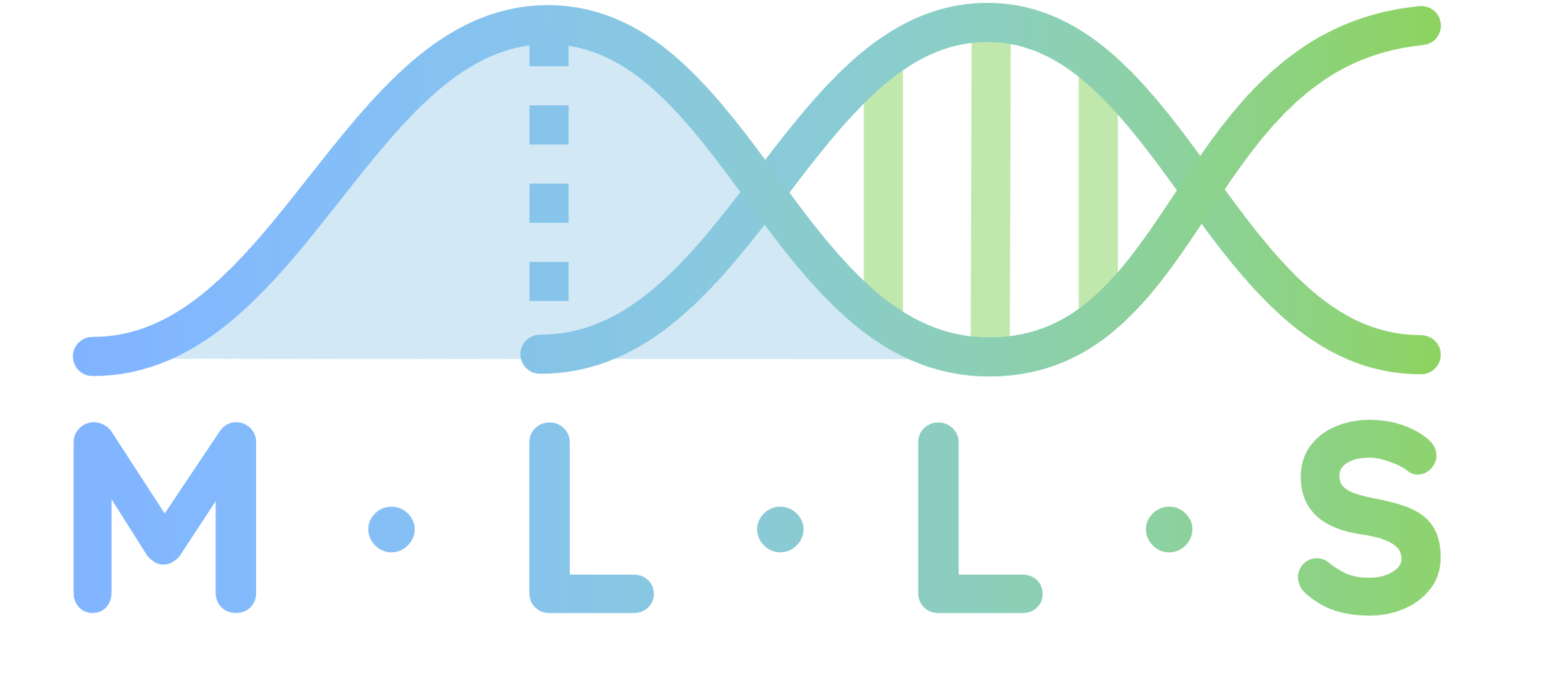Rapid Stability Predictions#

Rapid Stability Predictions (RaSP) [Blaabjerg et al., 2023] predicts the stability of a protein using a supervised learning approach. Starting from features learned using self supervision [Boomsma and Frellsen, 2017], RaSP learns to predict Rosetta scores using neural networks. The drawback being that only additive mutations could be computed simultaneously. We limit the edit distance to 1 (i.e. we only consider mutations that are one-away from the wildtype).
This objective function is quite similar to foldx_stability, and can be considered a drop-in replacement for single mutations. Be aware that the scales are different.
Since our black boxes are meant to be maximized, we return the negative of what RaSP predicts.
Prerequisites#
A collection of
pdbfiles you’re interested in mutating.
However, your life would be easier if you run this black box objective function inside the poli__rasp environment. See here for an environment.yml file.
How to run#
Assuming you have 3ned.pdb in the same directory as this script:
from pathlib import Path
from poli.objective_repository import RaspBlackBox, RaspProblemFactory
wildtype_pdb_path = Path(__file__).parent / "3ned.pdb"
# You can either
# (i) Create a black box
f = RaspBlackBox(
wildtype_pdb_path=[wildtype_pdb_path],
chains_to_keep=["A"], # <-- The chain in the pdb.
additive=False, # <-- Whether to treat multiple mutations additively.
)
# or
# (ii) creating a problem
problem = RaspProblemFactory().create(
wildtype_pdb_path=[wildtype_pdb_path]
chains_to_keep=["A"], # <-- The chain in the pdb.
additive=False, # <-- Whether to treat multiple mutations additively.
)
f, x0 = problem.black_box, problem.x0
# Querying:
print(f(x0))
Warnings#
Warning
This objective function requires clang and cmake, which will be included in the poli__rasp conda environment. Make sure you are okay with this.
When the objective function is created, we will clone the reduce GitHub repository inside ~/.poli_objectives/rasp, and we will compile it. We pin the version to the commit hash bd23a0bf627ae9b08842102a5c2e9404b4a81924.
This objective function also downloads several models (as .pt files) from the RaSP repository.
Namely, we download cavity_model_15.pt and all ds_models and store them in ~/.poli_objectives/rasp. These models are taken from the commit hash 3ccebe87e017b6bd737f88e1943557d128c85616, and the files are checked against a pre-computed md5 checksum.
How to cite#
If you use this black box, we expect you to cite the following resources:
[1] Blaabjerg, Lasse M, Maher M Kassem, Lydia L Good, Nicolas Jonsson, Matteo Cagiada, Kristoffer E Johansson, Wouter Boomsma, Amelie Stein, and Kresten Lindorff-Larsen. “Rapid Protein Stability Prediction Using Deep Learning Representations.” Edited by José D Faraldo-Gómez, Detlef Weigel, Nir Ben-Tal, and Julian Echave. eLife 12 (May 2023): e82593. https://doi.org/10.7554/eLife.82593.
[2] González-Duque, M., Bartels, S., & Michael, R. (2024). poli: a libary of discrete sequence objectives [Computer software]. MachineLearningLifeScience/poli
@article{Blaabjerg:RaSP:2023,
title = {Rapid protein stability prediction using deep learning representations},
volume = {12},
issn = {2050-084X},
doi = {10.7554/eLife.82593},
journal = {eLife},
publisher = {eLife Sciences Publications, Ltd},
author = {Blaabjerg, Lasse M and Kassem, Maher M and Good, Lydia L and Jonsson, Nicolas and Cagiada, Matteo and Johansson, Kristoffer E and Boomsma, Wouter and Stein, Amelie and Lindorff-Larsen, Kresten},
editor = {Faraldo-Gómez, José D and Weigel, Detlef and Ben-Tal, Nir and Echave, Julian},
year = {2023},
month = may,
pages = {e82593}
}
@software{Gonzalez-Duque:poli:2024,
author = {González-Duque, Miguel and Bartels, Simon and Michael, Richard},
month = jan,
title = {{poli: a libary of discrete sequence objectives}},
url = {https://github.com/MachineLearningLifeScience/poli},
version = {0.0.1},
year = {2024}
}
Further reading#
In the examples of poli you can find how to compute the saturation mutagenesis for a given protein at a given position.

